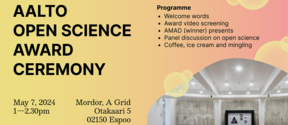Hey, space!
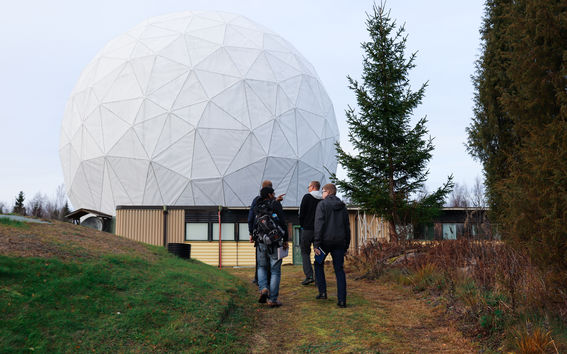
A taxi van comes down a gravel road and curves into the yard of the radio observatory where some of the students are already waiting. The sky is grey, but with a radio telescope it is possible to make observations even on a cloudy day.
The third visit of the radio astronomy course to Metsähovi in Kirkkonummi is beginning. Today they will practice the use of VLBI (very long baseline inteferometry) measuring instruments. VLBI equipment is used for sampling and digital recording of received radio signals.
Students from nine different fields of study go into the compound where a 14-metre radio telescope used for space research is located. Of special interest are distant active galaxies (of which the best-known group is known as quasars) as well as the sun.
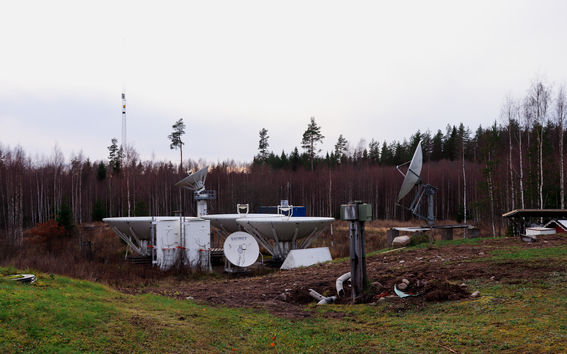
On the radio astronomy course students learn the different phases of making observations in radio astronomy: they get to plan and make observations and to make sure that the observation equipment functions reliably. The course comprises lectures held in Otaniemi as well as five practical exercises at the Metsähovi observatory where the students get to spend one night making observations.
“The course is absolutely one of the most interesting ones that I have taken so far, and I recommend it to everyone who is interested in astronomy”, says Jyri Lind, a master's student majoring in space science and technology. “This course is the first opportunity to get to do actual research with a radio telescope, and at the same time we inevitably become familiar with many aspects of this field of science, Making calculations and reading about theory is not an absolute value – it is essential for enabling students to do practical observational work and to learn to use the equipment.”
Viktorija Piaulokaite, who is in the Creative Sustainability master's programme at the School of Arts and Design, is also enthusiastic about the possibilities of applying theory in practical situations. “The best thing so far has been the opportunity to give astronomy work a try and simply having the possibility to select this course, even though I’m from a different school.” Piaulokaite hopes to do her master's thesis on a space-related subject, and she is studying space science and technology as a minor.
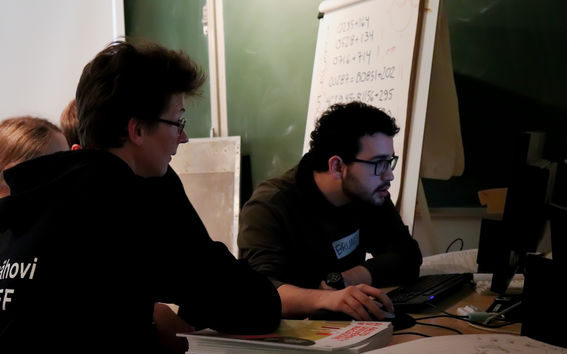
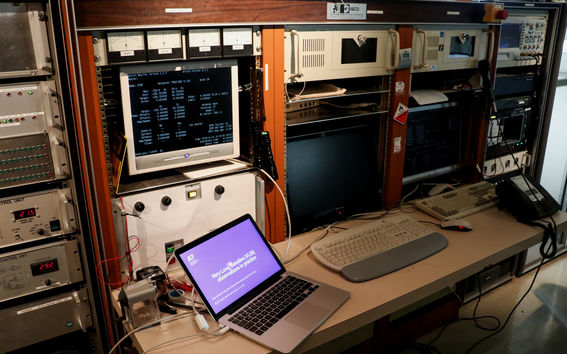
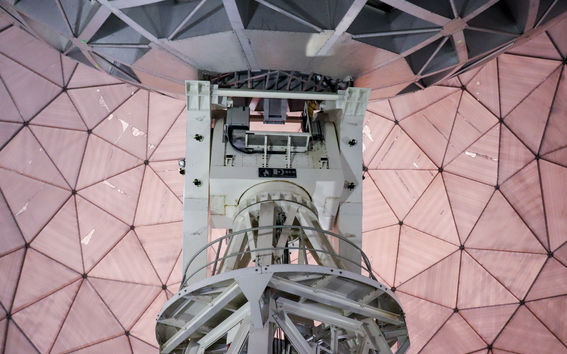
Objects in space send out radio waves
Radio astronomy involves astronomical research in the so-called radio spectrum. Objects in space send out radio waves which are observed with the help of a radio telescope. In the case of remote active galaxies, or quasars, a special focus of research is how the radiation that they emit changes over time. Quasars are located billions of light years away, and consequently they cannot be photographed. However, by making observations on the changes in their radiation behaviour, it is possible to learn to better understand their structures and their physical attributes.
“Those taking the course appear to be motivated and active. Making radio astronomical observations is something they have learned better than those in our previous course, which focused on theory”, notes docent Merja Tornikoski, the teacher in charge of the course. “We will use the final reports, the exam, and feedback from students to evaluate whether or not the structure of the course should be changed next year, but I believe that a suitable alternation of theory and practice is a very good thing for learning.”
Metsähovi, Finland's only astronomical radio research station, is located in Kirkkonummi, about 30 kilometres from the Otaniemi campus of Aalto University. It is a separate institute of the School of Electrical Engineering, and is a base for research on space technology, radio science and radio astronomy. The research station has a 14-metre radio telescope, which produces radio astronomical observation data, which is used in the study of active galaxies and the sun, for example. In addition to the students, about 20 researchers, engineers, research assistants, and other members of staff work at Metsähovi.
Text and photos: Linda Koskinen
- Published:
- Updated:
Read more news
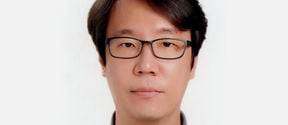
Min-Kyu Paek has been appointed Assistant Professor at the Department of Chemical and Metallurgical Engineering
Min-Kyu Paek has been appointed Assistant Professor at the Department of Chemical and Metallurgical Engineering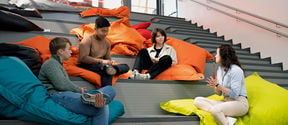
Teamwork First-Aid Kit supports students in project-based courses
This online resource offers tools to support student teams throughout project courses.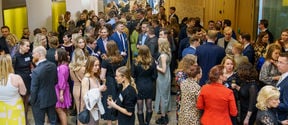
Mikkeli campus alumni celebrate the 35th anniversary of the International Business programme
More than 200 alumni of the BBA/BScBA programme attended the ceremony at the School of Business in Otaniemi.